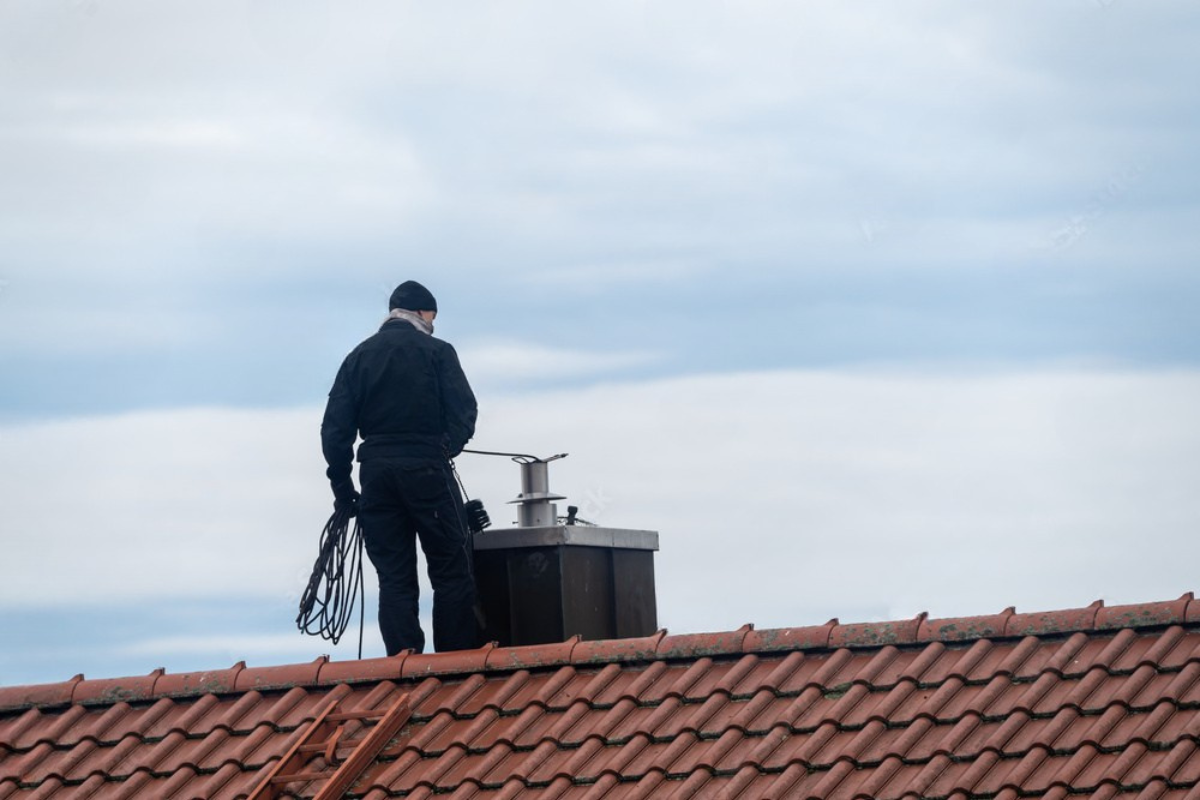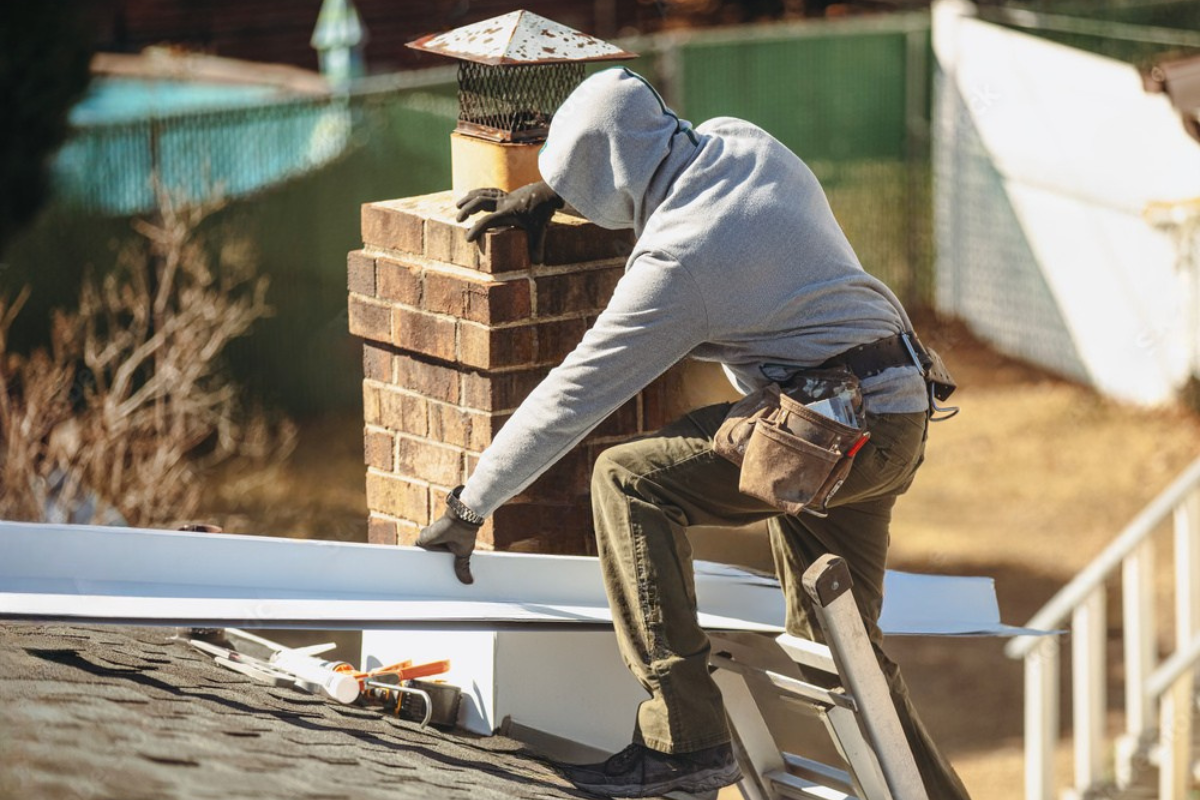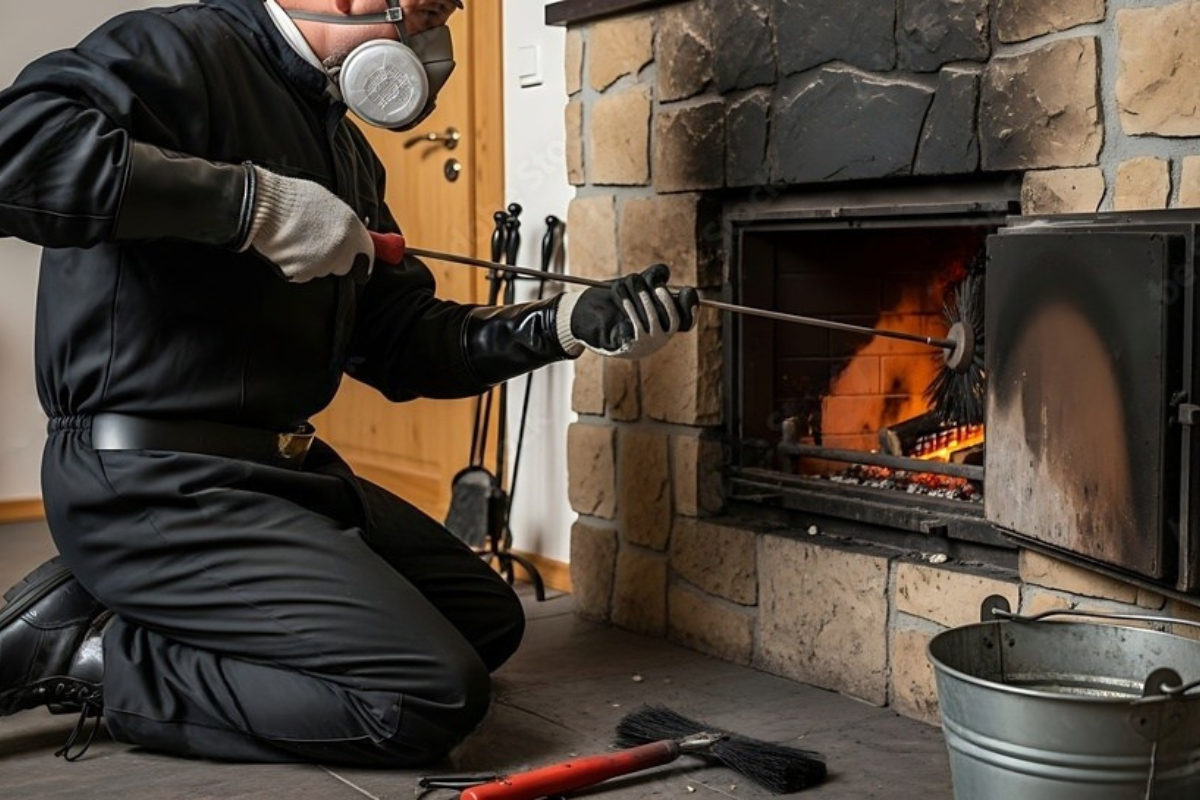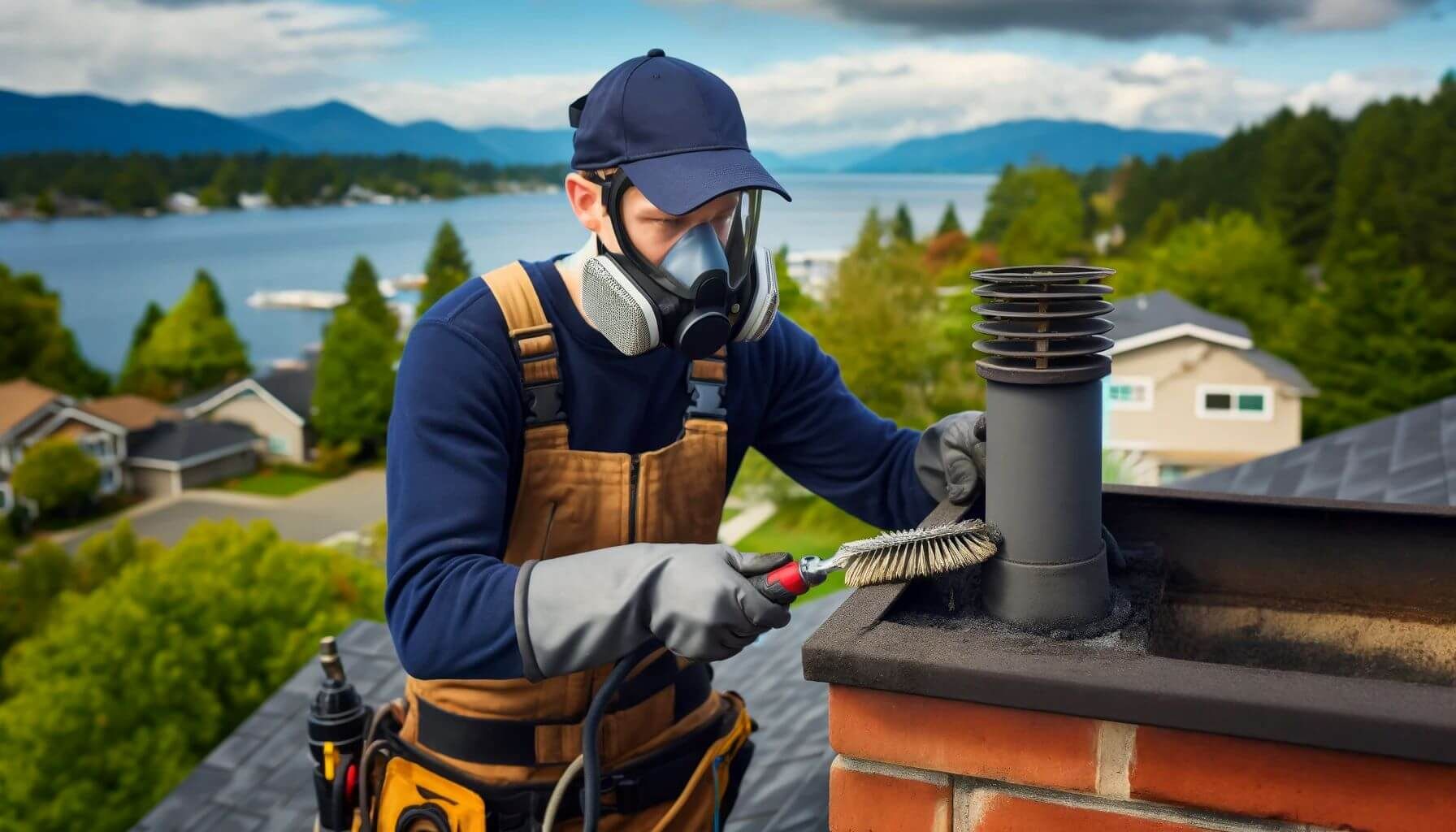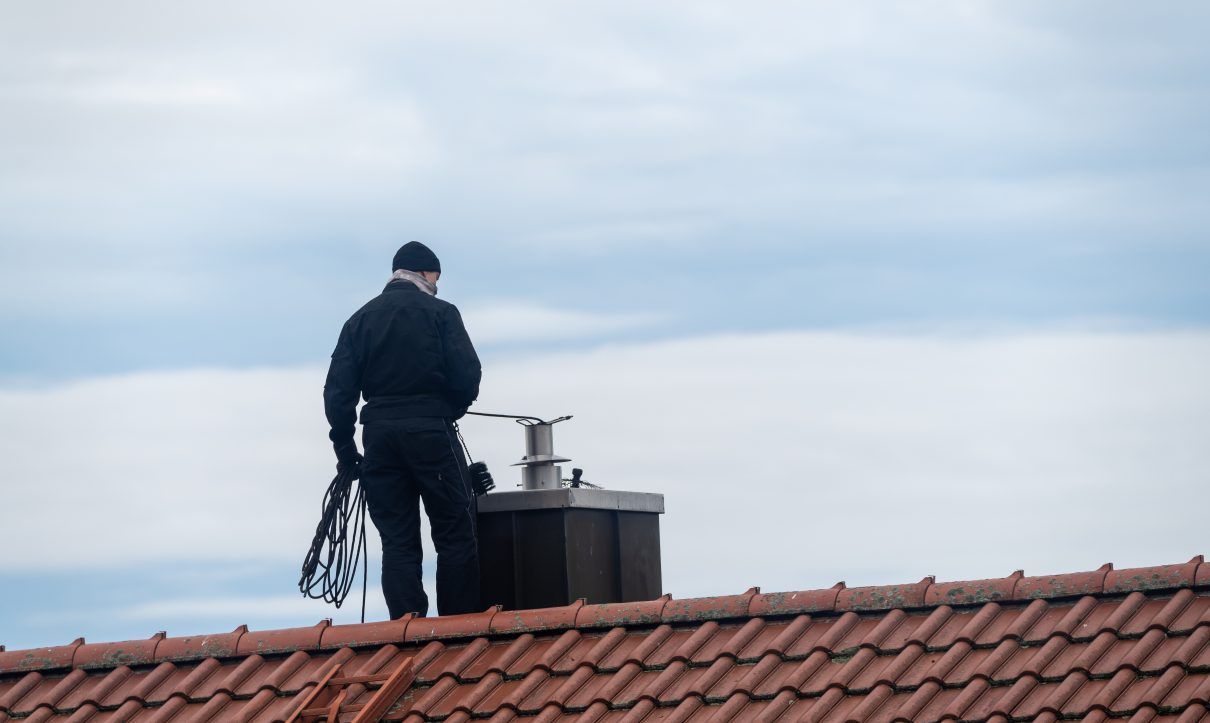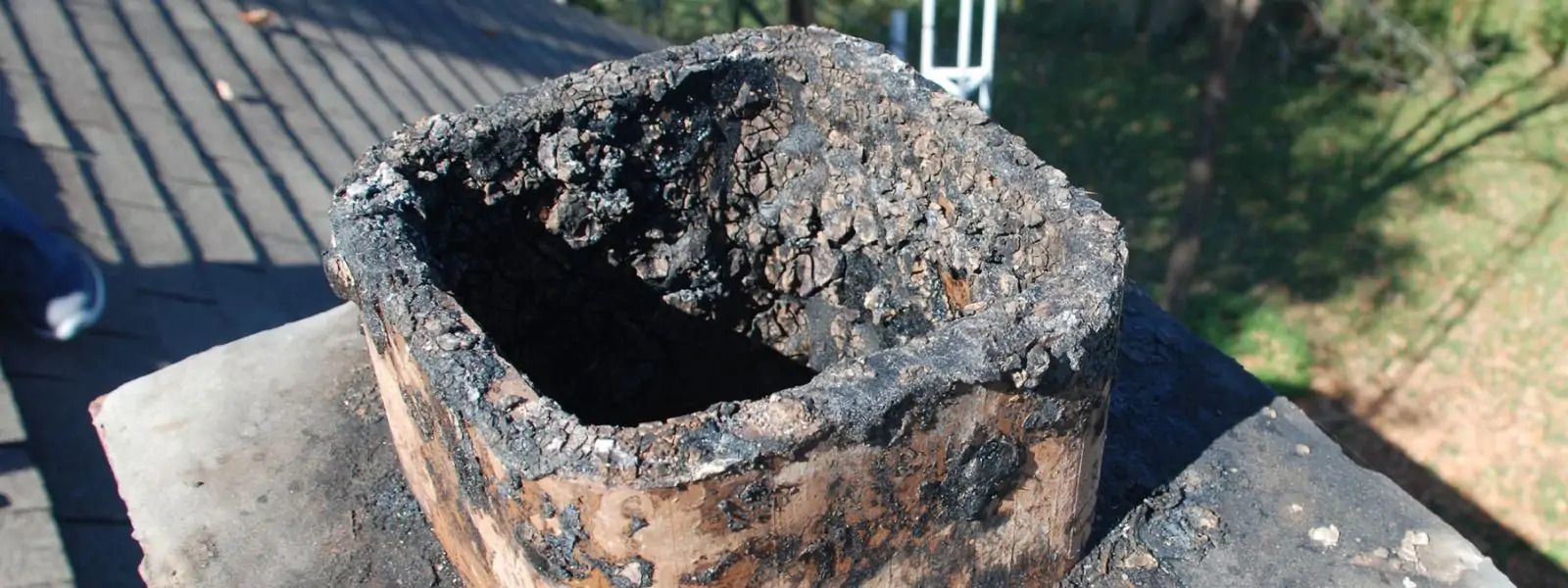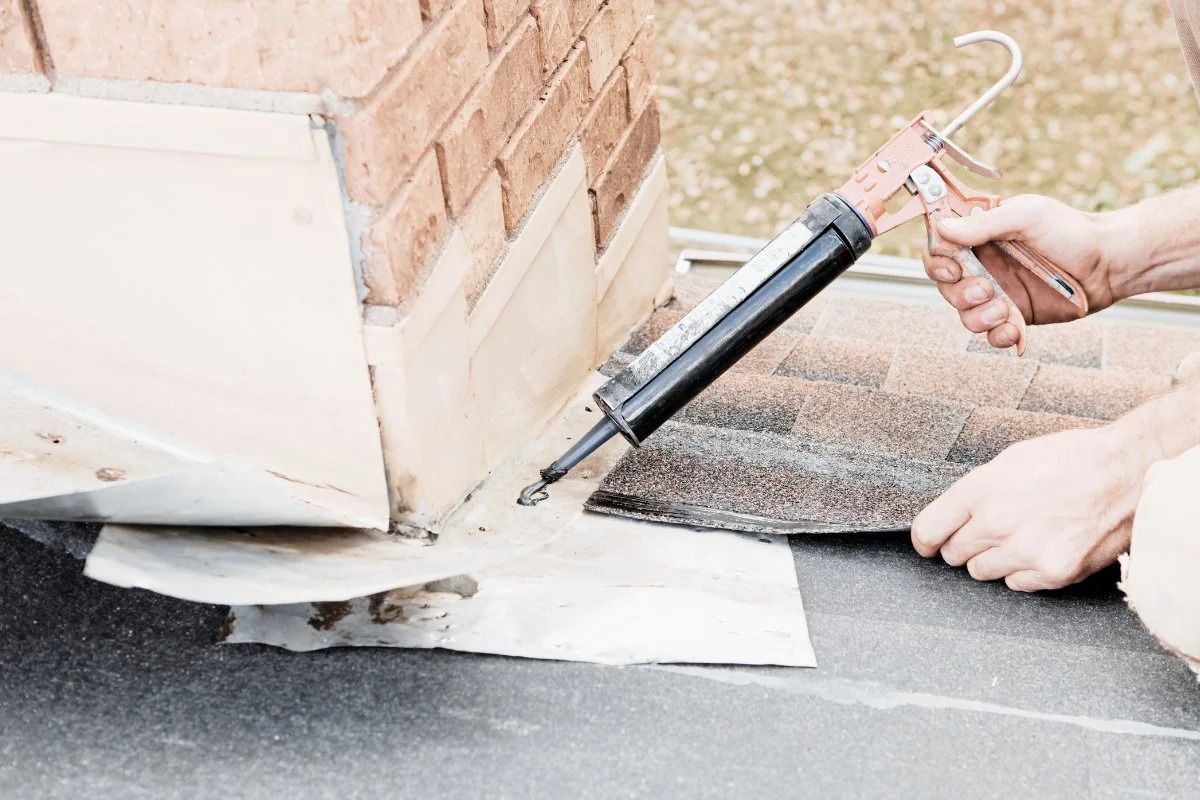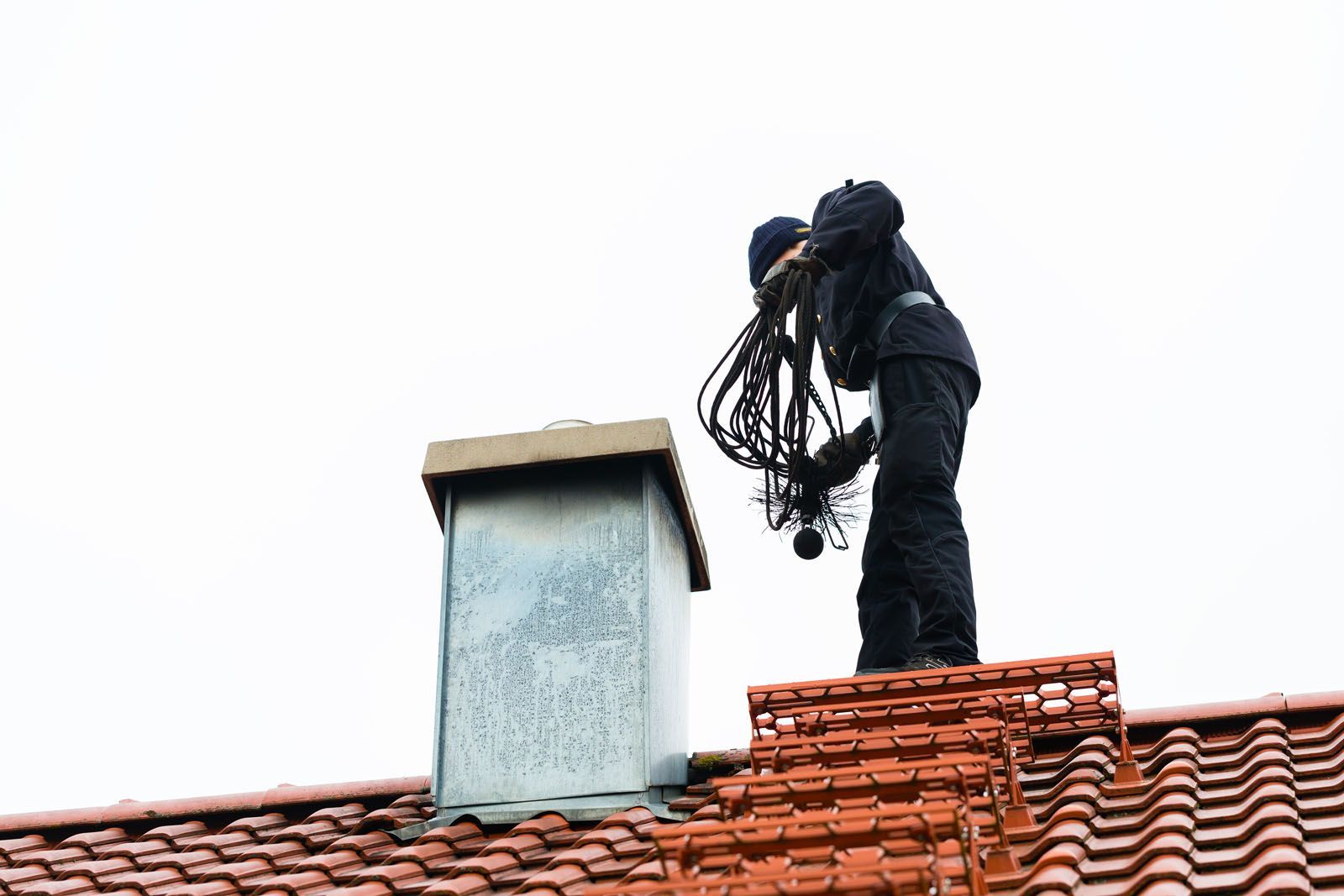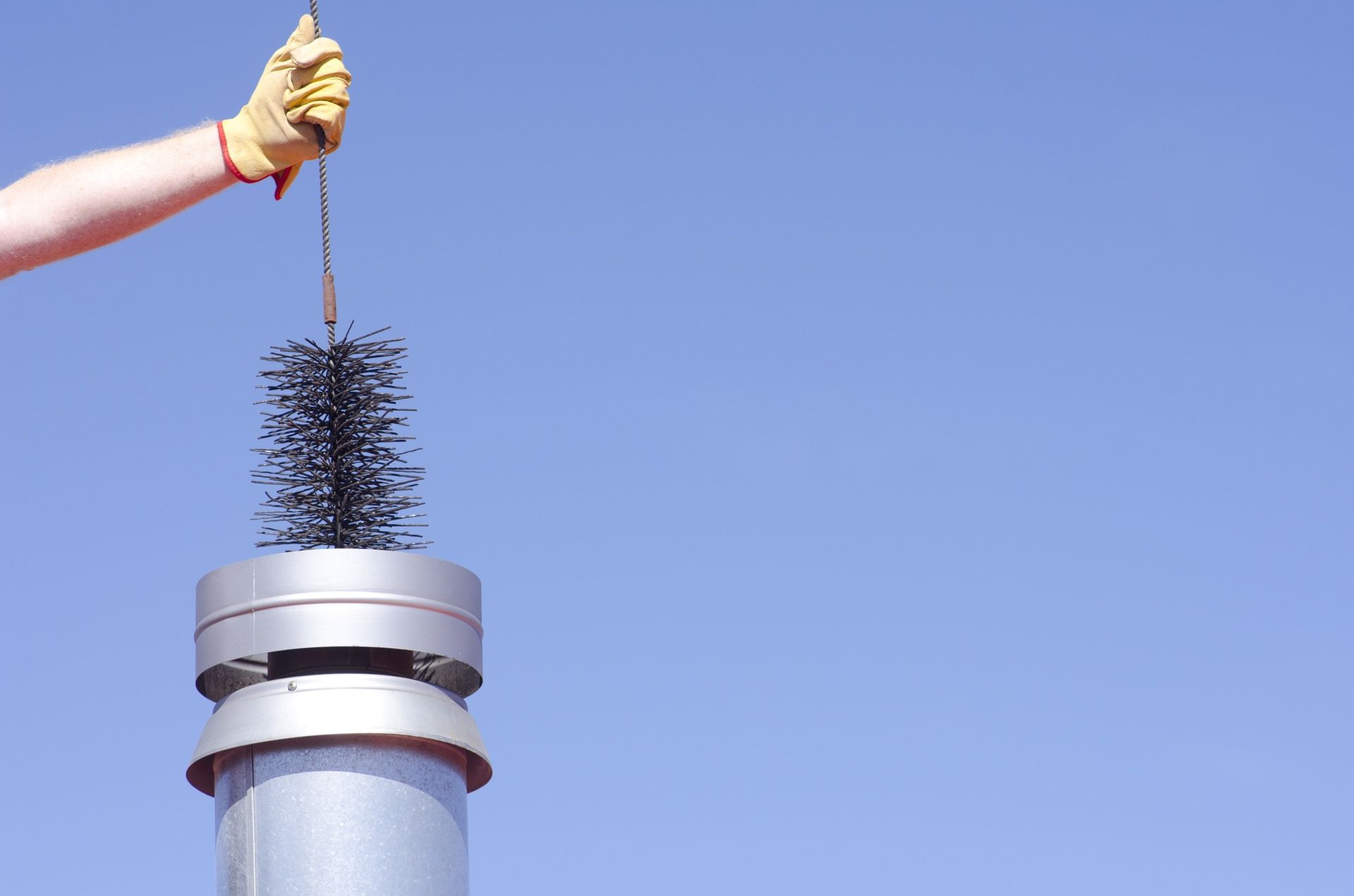How to Choose the Perfect Wood Stove for Your Portland, Maine Home
Choosing a wood stove for your Portland, Maine home can feel like navigating a maze of models, efficiency ratings, local codes, and design preferences. Yet, a well-chosen stove brings more than warmth—it adds character, comfort, and savings during Maine’s biting winters. Whether you're upgrading or installing from scratch, this guide will walk you through every essential detail to make the perfect selection for your home and lifestyle.
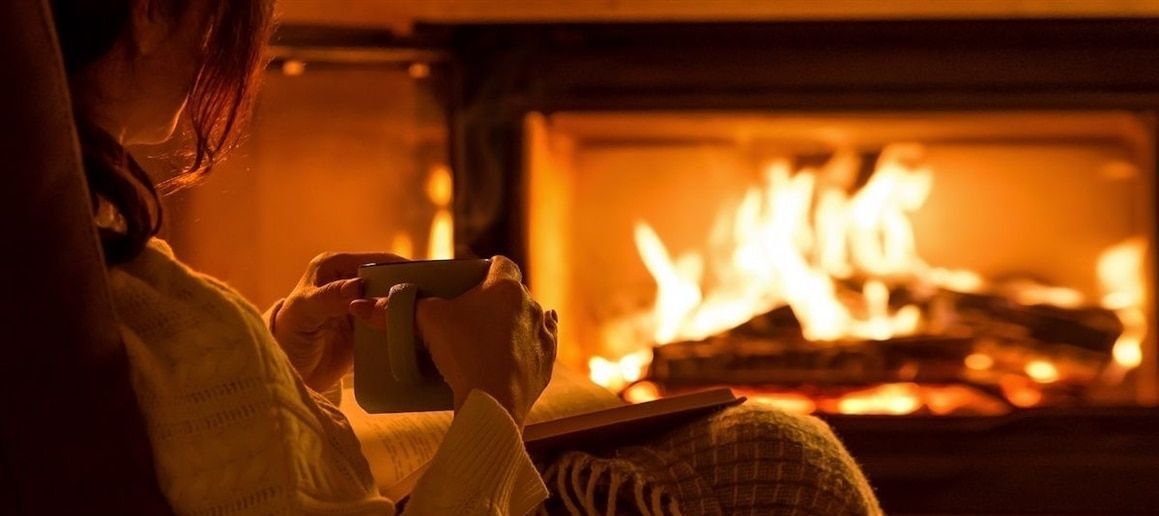
Introduction to Choosing a Wood Stove
Portland's historic charm and long winters make wood stoves a natural fit. Not only do they provide a rustic aesthetic that complements Maine’s architectural character, but they also offer powerful, off-grid heating options in the event of a storm-induced power outage. The key is choosing the right unit tailored to your home’s square footage, insulation quality, and layout.
Understanding Portland, Maine’s Climate Needs
Maine winters are no joke—temperatures often dip below zero, and snow can blanket the region for months. A wood stove isn’t just a luxury here; it’s a necessity. You'll need a stove that can efficiently heat your space while burning clean to meet local air quality standards. A unit rated for at least 70,000 BTUs is often ideal for larger, drafty homes in this region.
Types of Wood Stoves Available
Choosing the perfect wood stove begins with understanding your options:
- Catalytic Stoves: Use a catalytic combustor to burn smoke and gases, improving efficiency and lowering emissions.
- Non-Catalytic Stoves: Easier to operate and maintain, great for smaller spaces.
- Hybrid Models: Combine the best of both technologies, offering flexibility and cleaner burns.
Each has its pros and cons, but hybrids are increasingly popular for homeowners who want the best of both worlds.
EPA-Certified Wood Stoves: A Must in Maine
Maine enforces EPA standards strictly to maintain air quality. Look for wood stoves labeled with an EPA certification tag, which guarantees the unit meets federal emissions standards. This not only helps the environment but also means your stove burns more efficiently—saving money on wood.
Heating Efficiency Ratings and What They Mean
Efficiency ratings help you understand how well a stove converts wood into heat. Look for:
- High Efficiency (70% or above): Less wood, more heat.
- BTU Output: Make sure it matches your home’s square footage.
- Low Emissions (<2 g/hr): Better for the environment and your chimney.
A properly sized and rated unit ensures you don’t overheat your space or waste fuel.
The Importance of Sizing Your Wood Stove Correctly
If your stove is too small, it won't heat efficiently. Too large, and you’ll end up with an overheated room and wasted fuel. For example:
Home Size (sq ft) Recommended BTU Output
500 – 1000 25,000 – 50,000
1000 – 2000 50,000 – 70,000
2000+ 70,000+
Always consult with a heating professional or use the manufacturer’s guidelines when sizing your unit.
Freestanding vs. Insert Wood Stoves
Freestanding Stoves are versatile and can be placed nearly anywhere with proper clearance and venting.
Insert Stoves fit inside existing fireplaces and transform inefficient open hearths into powerful heating sources.
In Portland’s many older homes, inserts can preserve architectural integrity while providing modern efficiency.
The Role of Chimneys in Wood Stove Installation
Your chimney is the unsung hero of any wood stove setup. It regulates draft and ensures safe venting of smoke and gases. A neglected or improperly designed chimney can cause dangerous backdrafts, chimney fires, or inefficiencies. That’s why professional Chimney Service is crucial during installation and maintenance.
How to Prepare Your Chimney for a New Stove
Before installing a stove, you must:
- Inspect for Cracks or Obstructions
- Sweep Out Creosote Buildup
- Ensure Proper Lining
- Verify Clearance to Combustibles
A certified chimney technician will handle these safety checks, and they often recommend relining older chimneys for modern stove use.
Wood Stove Installation: What to Expect
Installation typically includes:
- Site inspection
- Permitting
- Chimney adaptation or vent pipe installation
- Smoke and carbon monoxide detector setup
- First fire-up and tutorial
A professional installer ensures compliance with Portland’s building codes and insurance requirements.
Venting and Draft Considerations for Wood Stoves
Draft strength determines whether smoke exits up the flue or into your living room. Key factors include:
- Chimney height and insulation
- Outdoor temperature differentials
- Air-tightness of your home
To avoid performance issues, your stove and chimney setup should be evaluated together.
The Best Wood to Burn in Maine’s Winters
Not all wood is created equal. The best options include:
- Oak
- Maple
- Birch
- Ash
Avoid green wood and softwoods like pine, which burn too fast and create creosote.
How to Store Firewood Properly in Portland
To ensure your firewood stays dry and seasoned:
- Stack it off the ground
- Cover the top, not the sides
- Allow at least 6–12 months to season
- Store close, but not against, your home
This preparation ensures efficient, clean burns all winter long.
Clearance Requirements and Hearth Pad Necessities
Every stove requires a fireproof hearth and safe clearances. For most models:
- 18” from front
- 6–12” on sides
- 6” to rear (non-combustible wall)
Consult your stove manual and Portland code enforcement for exact specs.
Building Permits and Code Requirements in Portland
Portland mandates a mechanical permit for wood stove installation. Submit your application before starting any work, and schedule inspections post-installation. Check with the city’s code office or ask your installer to handle this part.
Safety Features to Look For
Modern stoves offer:
- Auto Dampers
- Airwash Systems (for clean glass)
- Glass Viewing Doors
- Overfire Air Tubes
These features help improve efficiency and safety while enhancing the overall experience.
Adding a Blower or Fan: Worth It?
Blowers help circulate heat more evenly, especially in large or multi-room homes. They’re ideal for homes with open floor plans or central stove locations.
Thermostats and Modern Stove Controls
Many newer models allow thermostat control, remote operation, or even Wi-Fi connectivity. These conveniences make it easy to maintain comfortable temperatures and avoid overheating.
Aesthetic Considerations: Style and Finish
Stoves come in:
- Cast iron or steel bodies
- Matte black, enamel, or custom colors
- Rustic or modern design styles
Choose a model that complements your home’s decor while prioritizing function.
Maintenance Tips for Longevity
- Clean ash out weekly
- Inspect gaskets annually
- Schedule yearly Chimney Service
- Replace worn parts promptly
Regular upkeep ensures efficient performance for years.
Wood Stove Troubleshooting and Quick Fixes
Common issues:
- Poor Draft: Check for obstructions or cold chimney.
- Excessive Smoke: Use seasoned wood only.
- Dirty Glass: Clean with ash and water or stove glass cleaner.
If problems persist, consult your installer or Contact a technician.
When to Call a Professional Chimney Service
You should call a pro for:
- Annual inspection and cleaning
- Installation or upgrades
- Smoke issues
- Draft troubleshooting
Local pros know Portland’s building codes and regional burn habits best.
Warranty and Manufacturer Support
Always register your stove for warranty protection. Coverage typically includes:
- 5–10 years on major components
- 1–2 years on gaskets or blowers
- Labor not usually included
Check reviews to ensure responsive customer service.
Eco-Friendly Practices for Wood Stove Owners
- Burn only dry, seasoned hardwood
- Avoid trash, painted wood, or wet fuel
- Keep air vents open to reduce smoke
- Invest in a stove thermometer
Green burning protects your health, neighbors, and environment.
FAQ About Choosing a Wood Stove in Maine
What size wood stove do I need for a 1,500 sq ft home?
Look for a stove with a BTU range of 50,000–65,000.
Do I need a permit in Portland to install a wood stove?
Yes. A mechanical permit is required for legal and insurance reasons.
How often should I clean my chimney?
At least once a year or after every cord of wood burned.
What’s the best wood to burn?
Seasoned hardwoods like oak, birch, and maple offer clean, hot burns.
Can I install a stove myself?
It’s not recommended. Professional installation ensures safety and code compliance.
Is a blower necessary?
Not essential, but great for improving heat circulation in larger spaces.
Conclusion and Final Thoughts
Choosing the perfect wood stove for your Portland, Maine home is part research, part vision, and entirely rewarding. When chosen wisely, a wood stove not only warms your home but your soul—becoming the cozy center of family life throughout long winters. Don't forget to consult your local Chimney Service for expert guidance, and if you need help choosing or installing, don’t hesitate to Contact a professional.
Links:

